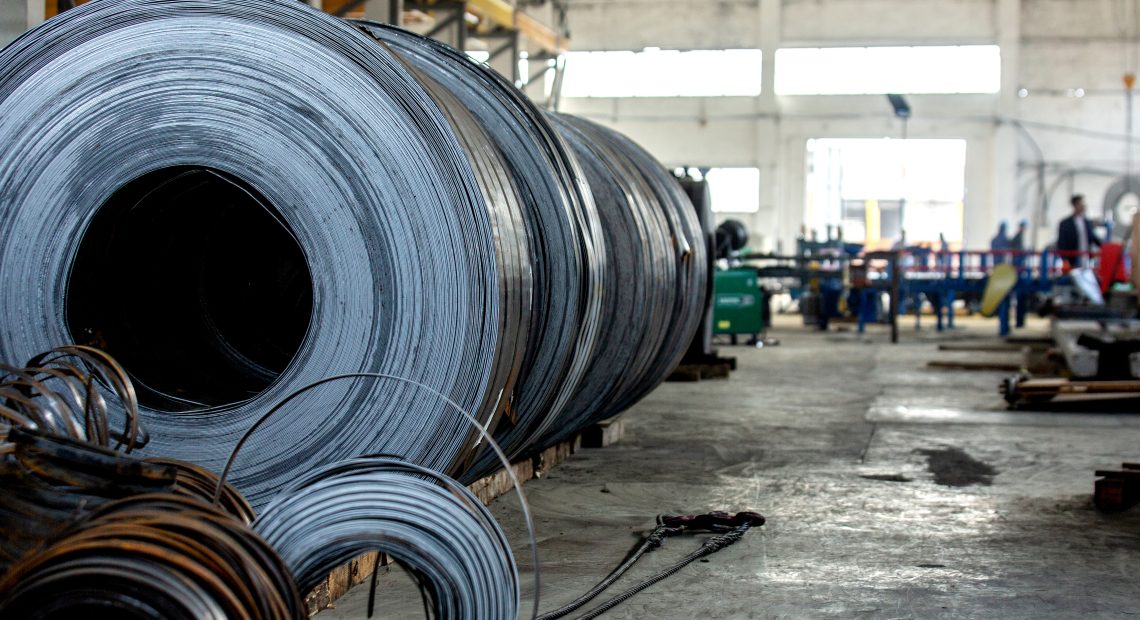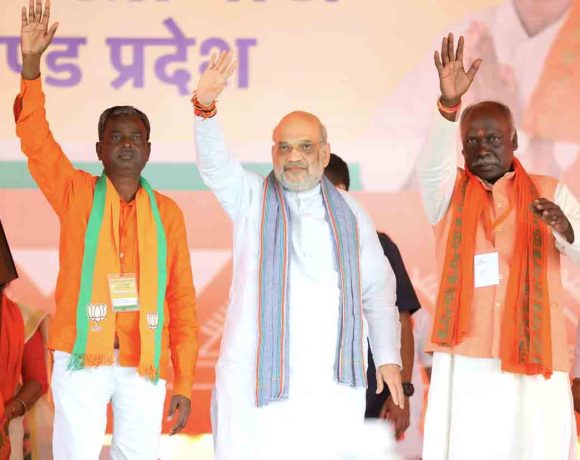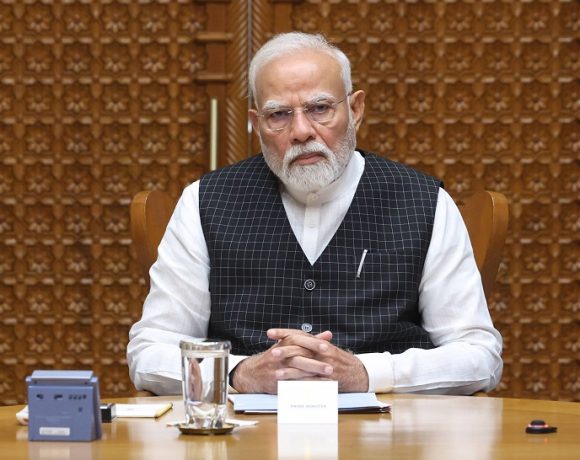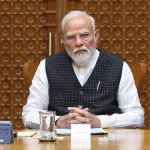
India Halves Chinese Steel Imports as Safeguard Duties Hit Hard
India’s steel import strategy has taken a sharp protectionist turn with the imposition of safeguard duties that have already led to a dramatic reduction in inflows from key foreign suppliers. In particular, Chinese steel imports have fallen by nearly 50% compared to the previous month, while shipments from Vietnam have become negligible. The move follows New Delhi’s aggressive rollout of up to 70% safeguard duties on a broad basket of steel products aimed at stemming what the government has termed as “unfair dumping.”
Steel Imports
In May, India imported about 1.3 million tonnes of steel from China, marking a steep decline from April levels. Imports from Vietnam, once a growing contributor to India’s steel inflows, dropped to near zero. The collapse in numbers is being attributed directly to the safeguard duties that kicked in earlier this fiscal quarter. These duties apply to 173 steel products and are in force for an initial 200-day period.
Safeguard Duties
The government’s safeguard mechanism includes not only elevated tariffs of up to 70%, but also tightly controlled import quotas. Each eligible importer must commit to declared volumes early in the month, with penalties and denial of access if exceeded. This combination of higher duties and bureaucratic oversight has significantly reduced the appeal of India as a destination for excess Chinese and Vietnamese steel.
Domestic Industry Gains
India’s steel manufacturers have welcomed the move as timely and essential. Faced with weakening global demand and oversupply in international markets, domestic players were being undercut by cheaper imports. The safeguard duties have allowed them to stabilize prices, preserve market share, and maintain production volumes. For smaller and mid-sized steel mills, in particular, this protection offers a window to recover from prolonged pricing pressures.
Strategic Objectives
New Delhi’s steel policy aims not only to defend domestic industry but also to boost self-reliance in core manufacturing. By clamping down on external competition, especially from low-cost Asian exporters, India is signaling a renewed focus on strengthening its internal supply chain. While imports from countries like Japan and South Korea continue under less stringent regimes, the focus remains on limiting any surge that could destabilize the local market.


















